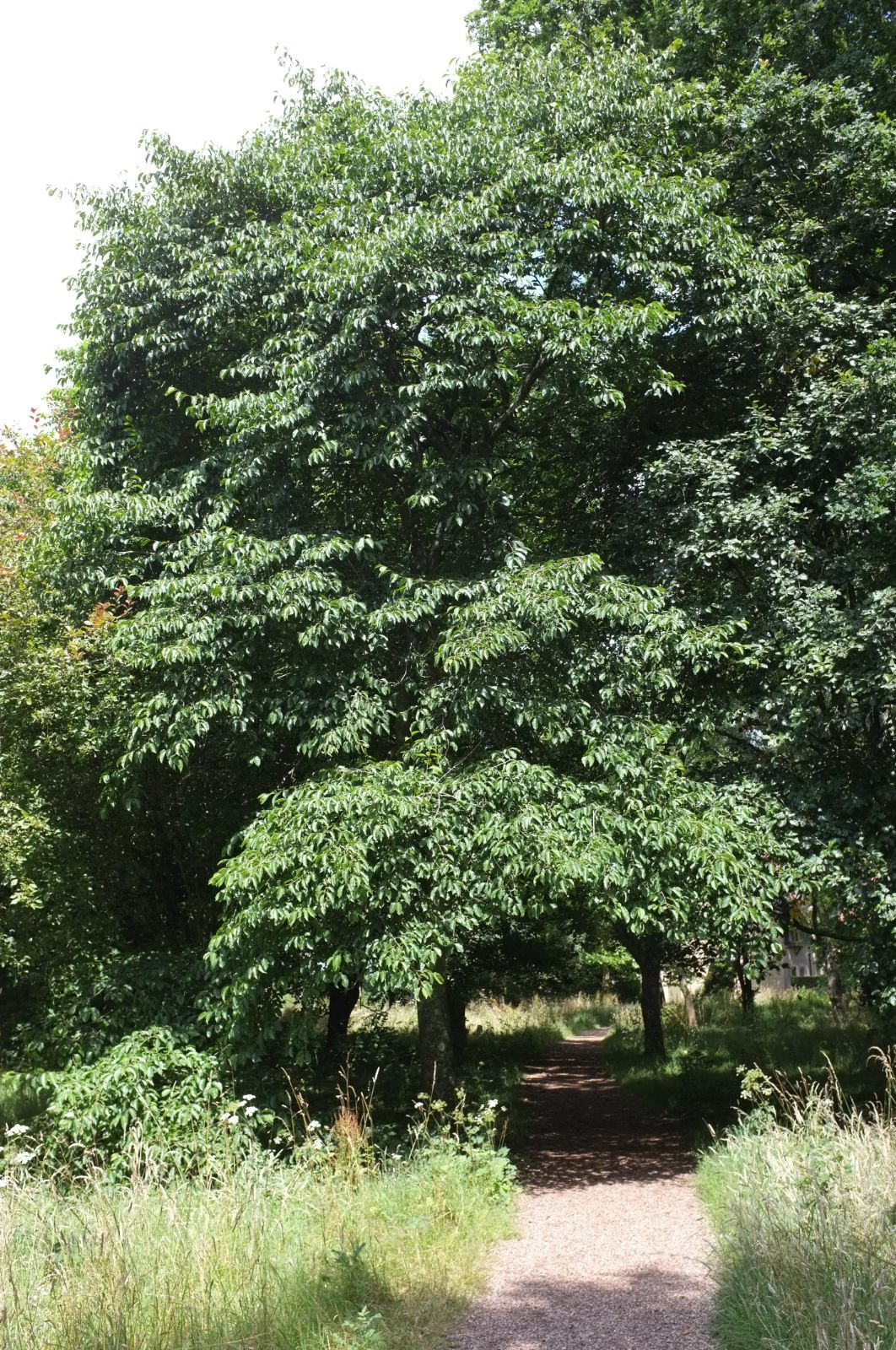Ilex macrocarpa
Credits
Article from Bean's Trees and Shrubs Hardy in the British Isles
Recommended citation
'Ilex macrocarpa' from the website Trees and Shrubs Online (treesandshrubsonline.
Genus
Other taxa in genus
- Ilex × altaclarensis
- Ilex aquifolium
- Ilex bioritsensis
- Ilex buergeri
- Ilex cassine
- Ilex ciliospinosa
- Ilex corallina
- Ilex cornuta
- Ilex crenata
- Ilex cyrtura
- Ilex decidua
- Ilex dipyrena
- Ilex fargesii
- Ilex forrestii
- Ilex geniculata
- Ilex glabra
- Ilex hayatana
- Ilex hookeri
- Ilex integra
- Ilex intricata
- Ilex kingiana
- Ilex laevigata
- Ilex latifolia
- Ilex linii
- Ilex melanotricha
- Ilex mitis
- Ilex montana
- Ilex nothofagifolia
- Ilex opaca
- Ilex pedunculosa
- Ilex perado
- Ilex pernyi
- Ilex purpurea
- Ilex rotunda
- Ilex rubra
- Ilex rugosa
- Ilex serrata
- Ilex shennongjiaensis
- Ilex spinigera
- Ilex verticillata
- Ilex vomitoria
- Ilex yunnanensis
A deciduous tree attaining a height of about 50 ft in the wild and nearing that height in cultivation; young shoots green and glabrous. Leaves papery in texture, elliptic, acuminate at the apex, rounded to broadly wedge-shaped at the base, 3 to 4 in. long, 11⁄4 to 2 in. wide, shallowly toothed, glabrous. Male flowers in clusters on short axillary spurs. Female flowers borne singly in the leaf-axils on stalks about 5⁄8 in. long. Fruits black, globose, but flattened top and bottom, about 5⁄8 in. wide; nutlets seven to nine, strongly ribbed. Bot. Mag., n.s., t. 72.
A native of S. and S.W. China, also reported from Indo-China; discovered by Henry in W. Hupeh; introduced by Wilson in 1907 when collecting for the Arnold Arboretum. It is quite hardy at Kew, where there are three specimens; one is female and bears abundantly the large black fruits which are the most remarkable characteristic of this species. The tallest of these measures 27 × 13⁄4 ft (1970). There is a specimen in the Main Drive at Westonbirt measuring 40 × 13⁄4 ft (1967).
From the Supplement (Vol. V)
The largest specimen at Kew is 31 × 21⁄4 ft (1982).

